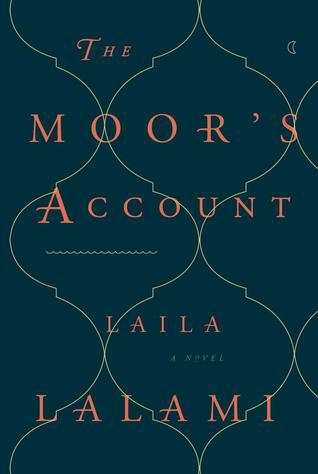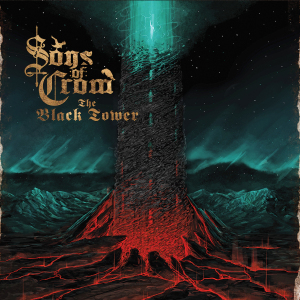 The Moor’s Account is a historical fiction novel about Pánfilo de Narváez’s expedition into the land that would eventually be called Florida.
The Moor’s Account is a historical fiction novel about Pánfilo de Narváez’s expedition into the land that would eventually be called Florida.
This tale is told from the point of view of a slave named Mustafa al-Zamori, called Estebanico by the Spanish man who owned him.
“This book is the humble work of Mustafa ibn Muhammad ibn Abdussalam al-Zamori, being a true account of his life and travels from the city of Azemmur to the Land of the Indians, where he arrived as a slave and, in his attempt to return to freedom, was shipwrecked and lost for many years. pg 9, ebook.
Though the historical figure of Estebanico actually existed, Laila Lalami writes that she invented the majority of this story. The real Estebanico was only granted one line or so in the written history of the failed expedition.
“I was also curious about this land because I had heard, or overheard, from my master and his friends, so many stories about the Indians. The Indians, they said, had red skin and no eyelids; they were heathens who made human sacrifices and worshipped evil-looking gods; they drank mysterious concoctions that gave them visions; they walked about in their natural state, even the women- a claim I found so hard to believe that I had dismissed it out of hand.” pg 12, ebook.
Imagine the culture shock of the two different civilizations coming together- the European and the New World. The Moor’s Account explores that through Mustafa’s unique personal experience.
Mustafa’s early life is told in flashbacks throughout the beginning of the book. His mother likes to instruct him about the realities of life through stories. “Nothing new has ever happened to a son of Adam, she said. Everything has already been lived and everything has already been told. If only we listened to stories.” pg 58, ebook. If only we listened to stories… right, readers?
“I thought of what the elders teach us: love is like a camel’s hump, for it cannot be disguised.” pg 180, ebook. Though dismissive of his mother’s methods, much of the way Mustafa interprets reality is told through metaphors or stories.
“Maybe there is no true story, only imagined stories, vague reflections of what we saw and what we heard, what we felt and what we thought. Maybe if our experiences, in all of their glorious, magnificent colors, were somehow added up, they would lead us to the blinding light of truth.” pg 323, ebook.
It is easy to see why The Moor’s Account was a Pulitzer Prize finalist. It is unique, layered and beautiful. Recommended for readers who enjoy historical fiction and memoirs. Though fiction, it reads as if it really happened. And, who knows, maybe in some form or another, it actually did.
Thanks for reading!
Advertisements Share this Librarian's Blog:




